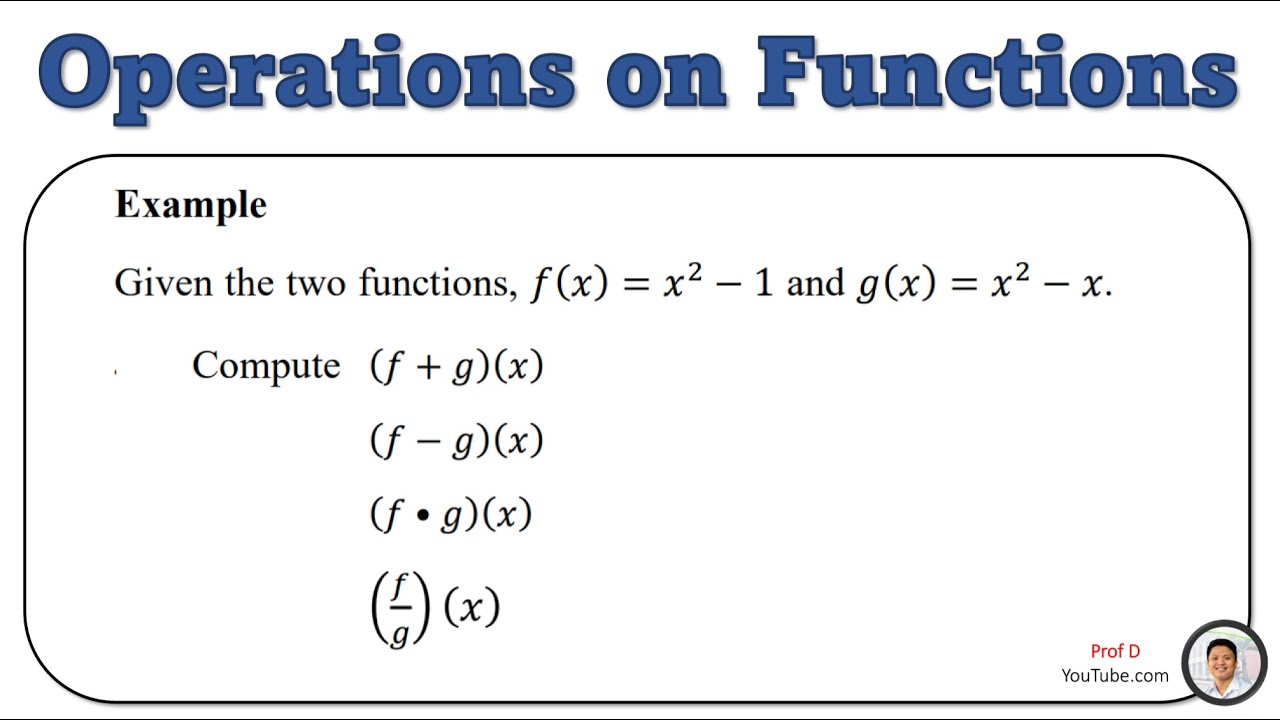Adding Polynomials Horizontally
Summary
TLDRThis educational video script focuses on teaching the process of polynomial addition using the horizontal method. It demonstrates how to simplify an expression involving two polynomials by keeping the first polynomial as is and then adding the second polynomial's terms without the addition sign and brackets. The script emphasizes grouping like terms together, which are then combined by adding their coefficients while retaining the variable and its exponent. A common mistake is pointed out regarding the handling of signs, particularly with the constant term. The final result is a simplified polynomial in descending order of exponents.
Takeaways
- 📘 The script introduces polynomial addition as one of the first operations to learn in algebra.
- 📐 The horizontal method is a strategy for adding polynomials, which involves solving the problem in a single line.
- 🔍 The first step in the horizontal method is to copy the first polynomial as it is, including its signs.
- ➕ When adding the second polynomial, retain the signs of each term and remove the addition sign and brackets.
- 🔢 Group like terms together, which means combining terms with the same variable and exponent.
- ✏️ Keep the sign of each term with its coefficient when combining like terms.
- 🧮 Combine the coefficients of like terms by adding them together while keeping the variable and its exponent unchanged.
- 🔄 It's important to note that the negative sign in front of a term indicates starting with the negative value and adding to it.
- ⚠️ A common mistake is incorrectly handling negative signs, especially when adding terms with different signs.
- 📉 The final simplified polynomial should be written in descending order of exponents, reflecting the standard form.
Q & A
What is the first strategy mentioned for adding polynomials?
-The first strategy mentioned for adding polynomials is the horizontal method, where the entire problem is solved in the same line.
How do you handle the first polynomial when using the horizontal method?
-When using the horizontal method, you keep the first polynomial exactly the same as it is shown in the problem, copying it directly.
What is the next step after copying the first polynomial?
-The next step is to write the equal sign and then copy the second polynomial, removing the addition sign and brackets but keeping the signs for each term.
Why is it important to keep the signs with the terms when combining polynomials?
-It is important to keep the signs with the terms to ensure the correct combination of like terms, maintaining the proper arithmetic operations.
How do you group like terms when simplifying the polynomial?
-You group like terms by placing them side by side, remembering to keep their signs, and then combine them by adding their coefficients.
What is a common mistake made when combining the constant terms in a polynomial?
-A common mistake is not properly accounting for the signs when combining constants, such as starting with a negative constant and adding a positive one without considering the correct arithmetic.
What is the final step in simplifying a polynomial using the horizontal method?
-The final step is to combine the like terms by adding their coefficients and keeping the variable with the exponent the same, resulting in the simplified polynomial.
Why is it necessary to write the simplified polynomial in descending order of exponents?
-Writing the simplified polynomial in descending order of exponents is necessary to follow the standard form of polynomials, making it easier to read and understand.
Can you add polynomials using a method other than the horizontal method?
-Yes, there are other methods to add polynomials, such as the vertical method, which aligns like terms in columns for easier combination.
What is the significance of the equal sign in the context of adding polynomials?
-The equal sign in the context of adding polynomials indicates the starting point for the addition operation and separates the original polynomials that are to be combined.
Outlines

このセクションは有料ユーザー限定です。 アクセスするには、アップグレードをお願いします。
今すぐアップグレードMindmap

このセクションは有料ユーザー限定です。 アクセスするには、アップグレードをお願いします。
今すぐアップグレードKeywords

このセクションは有料ユーザー限定です。 アクセスするには、アップグレードをお願いします。
今すぐアップグレードHighlights

このセクションは有料ユーザー限定です。 アクセスするには、アップグレードをお願いします。
今すぐアップグレードTranscripts

このセクションは有料ユーザー限定です。 アクセスするには、アップグレードをお願いします。
今すぐアップグレード関連動画をさらに表示

Polinomial (Bagian 5) - Cara Menentukan Akar-akar Persamaan Polinomial

Physics 20: 2.3 2D Vectors

Cara Membuat Media Pembelajaran Penjumlahan dan pengurangan unik dan kreatif

Pembelajaran Berdiferensiasi pada MaPel Matematika Materi Perkalian Fase A Kelas II

Lesson 33 Long Division to Find Roots

Grade 11 | Operations on Functions | General Mathematics
5.0 / 5 (0 votes)
